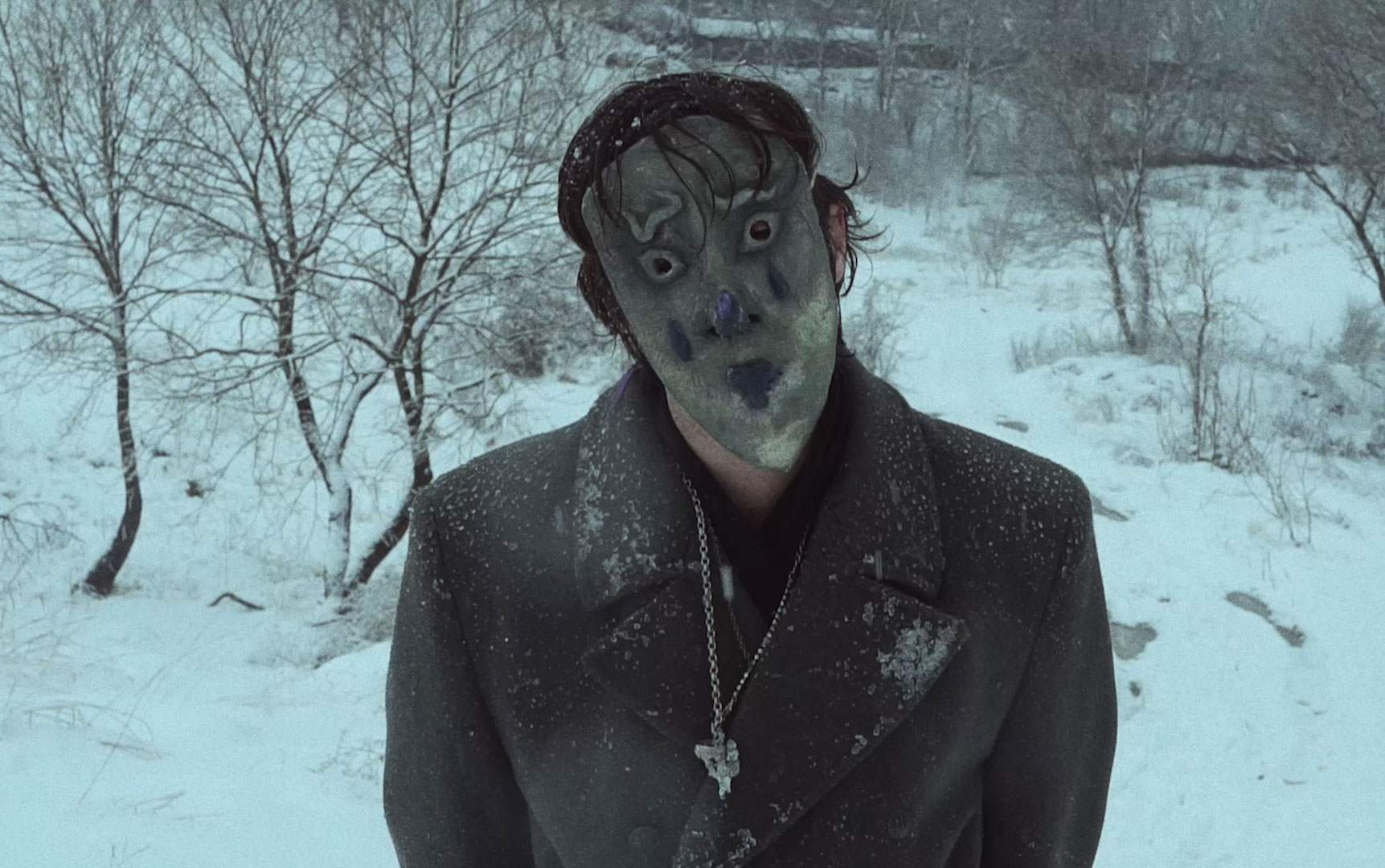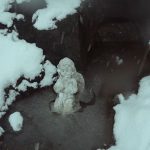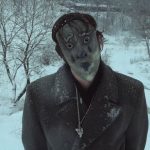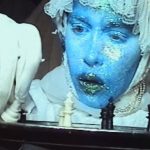The Chronicles of Anachoret: “I have nowhere to go”. “A sad tale between reality and memory: “of the future and the past, under the false appearance of the present.” The characters in this poetic tale are shown as lost, naive and infantile, strange and lonely, those who wander in search of their “place on earth”, those who search for meaning in chaos and are a metaphor of losing control over reality as a result of irreversible events. (The film exacerbates the “state of time” through a reaction to the war that the “mimes” experienced and observed. ) “The Poet Translates Silence” predicts and “anticipates” (devançant) contemporary political tragedies, wars and catastrophes, in which the characters of the mimodrama play a performative, transgressive but also sacred or, as Georges Bataille would put it, ” cursed” (maudit) role. Just as a mirror can distort or alter an image, the mime plays chess with the viewer’s perception, forcing the viewer to consider what is actually real and what is an illusion.
Salt Salome, Max Svitlo
Max Svitlo and Salt Salome are interdisciplinary artists working in the fields of film, theater, performance, and installation. They create a holistic, interconnected world with a distinct aesthetic of post-dramatic theater, where the stage space becomes an organism that is born, transforms, and disappears before our eyes. Their autopoietic rejection of theatrical mimesis allows them to create a “new reality” that exists according to its own rules and expresses the artists’ inner world. In this changeable world of transforming images, bodies, objects, and forms, such as puppets, masks, fabrics, and constructions, the viewer becomes a co-creator of meaning and experience. The authors work with a special “monotheme” that becomes the core of their artistic language: the destruction of time and space in the conditions of war. The “tragic character,” at the mercy of absurdity, loses control over reality and the boundaries between past, present, and future. A wanderer in the territory of memory, forced to reassemble himself from fragments of experience, history, trauma, and loss, this character becomes the central figure of their works.






